Pas de Basque is a typical step of the national dances of the Basques. So, this movement has been adapted to ballet use. You can do pas de basque glissé or pas de basque sauté. So, you can do the first one close to the floor, while the second is jumped. Also, you can do it en avant, en arriere or en tournant.
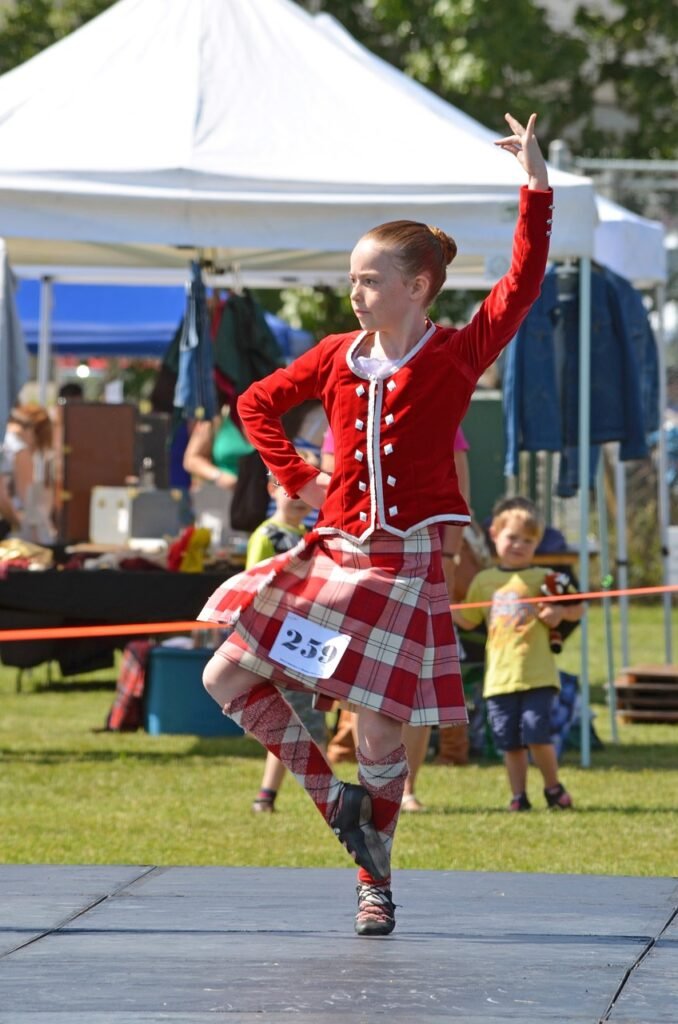
Where does the Pas de Basque come from?
Pas de Basque comes from French and literally means Basque step. As we told you in the post on ballet history, it was in the Paris Opera Ballet and the French court where the basic movements of ballet were codified. Also, in the case of this particular step, we will see how the origin of the Pas de Basque movement in ballet is directly related to this era.
Thus, in 1660, the royal wedding of Louis XIV, the Sun King, and María Teresa of Austria, daughter of the Spanish King Philip IV, was celebrated in Saint Jean de Luz, a French town located on the border with the Basque Country. It is said that the Sun King was amazed by the dances he saw during the nuptials. And that is why when he created the first dance academy in Paris. So, he called in several Basque dancers. This probably is one of the reasons why a movement with a designation of origin appears in the ballet nomenclature. And therefore, the origin comes from Basque folklore.
Uses of this Ballet Movement
Formally, the first classical ballet dancer to introduce the movement was María Camargo in the 18th century, who also introduced other new steps, such as the entrechat quatre and various types of jeté.
On the other hand, many folk dances incorporate the Pas de Basque, not just classical ballet! For example, we can find this movement in the Bolera School (Spanish Dance) and also in Scottish Highland Dance.
How to do the Pas de Basque?
It is a step in which you swing from one leg to the other, shifting weight between both legs. In the Russian School, we know this movement as “Pas de Basque par terre”.
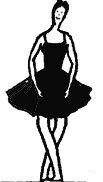
First, place your feet in the fifth position croisé, with the Right foot front
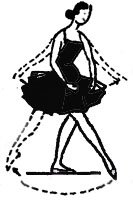
Secondly, do a demi plie with your left leg, slide your right foot croisé devant, pointe tendue as you move your arms to the first position.
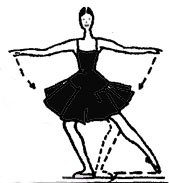
Then, do a demi rond de jambe a terre en dehors with the right leg and open your arms in the second position. Next, do a glissade to the right side. So, jump on the Right foot in demi plié without getting off the floor and extend your left foot, pointe tendue, to the second position.
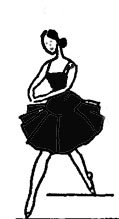
Then, slide your left foot through the fifth position (left foot front) and your left leg in demi plié. Lastly, execute a chasse en avant, as you extend your arms to arabesque.
KEY INFO
If you look closely, it is actually a step that combines three other basic steps: rond de jambe, glissade and chassé (in addition to mastering other more basic steps such as the Plié or the Tendu).
Normally, you can do the Pas de Basque forward. But there are some variations, so you can do it backwards or turning (en tournant). There are even other more advanced variations such as beaten Pas de Basque (battu), more skimming the ground (par terre) or also more skipped (sauté).
On the other hand, you can do this step usually in the centre. You can find it in the Adagio or the slow part of class movements in the centre. But also, it is usual connecting steps in the Allegro. We can consider this movement as an auxiliary or intermediary step between the two.



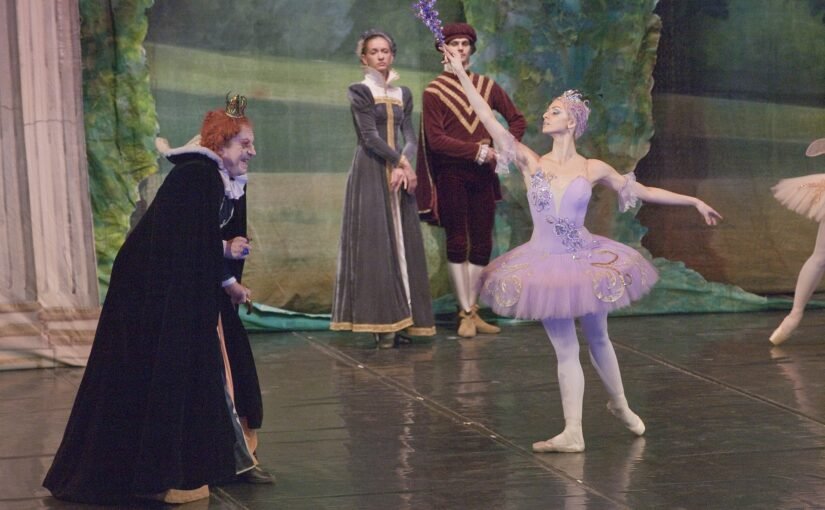
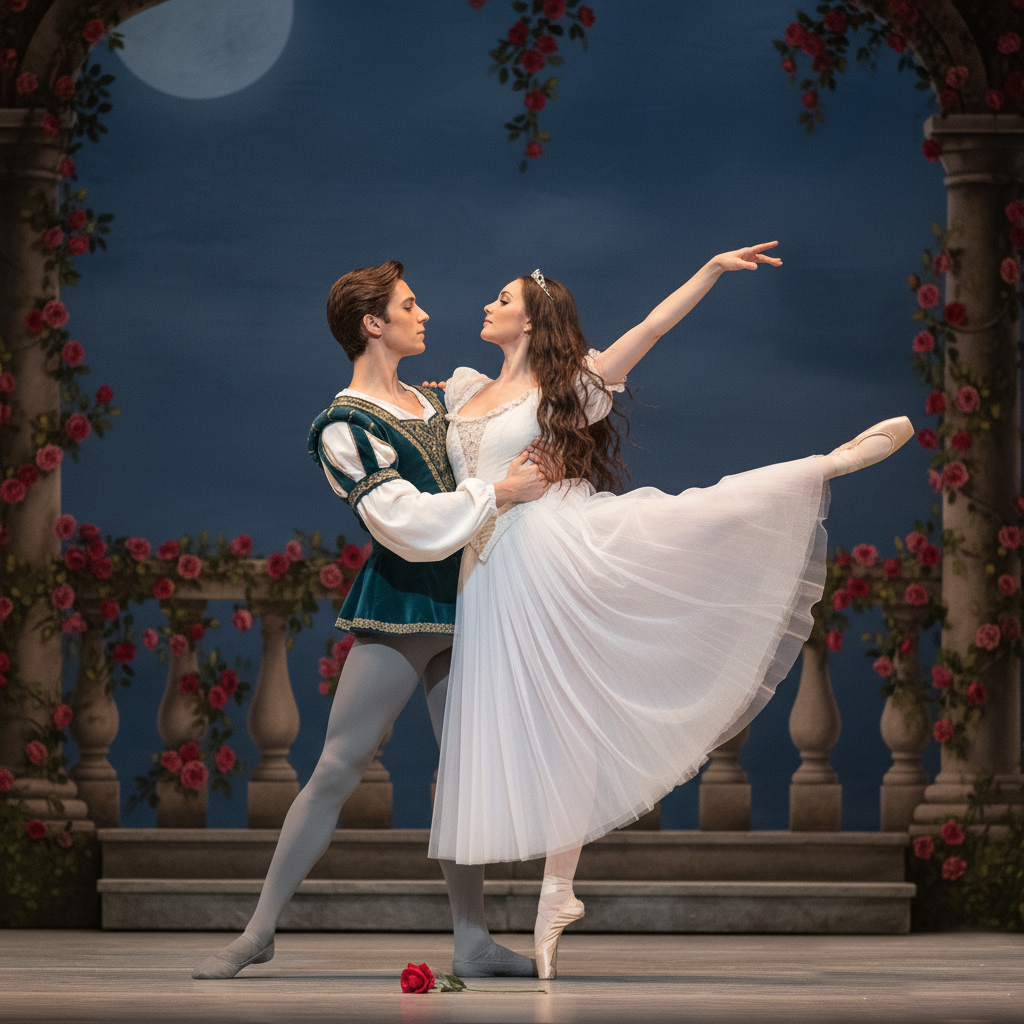
Leave a Reply